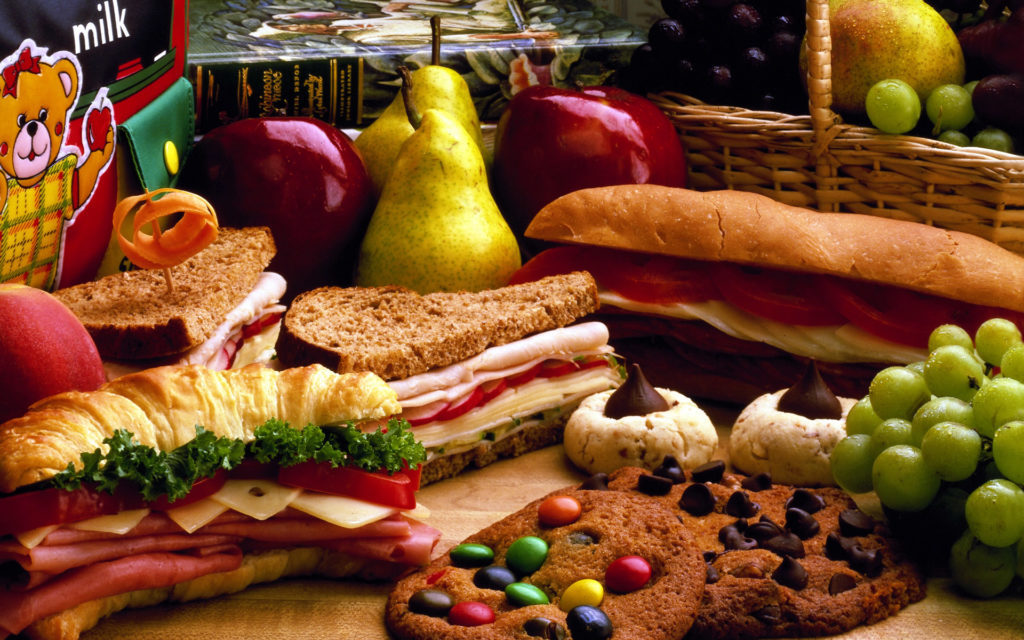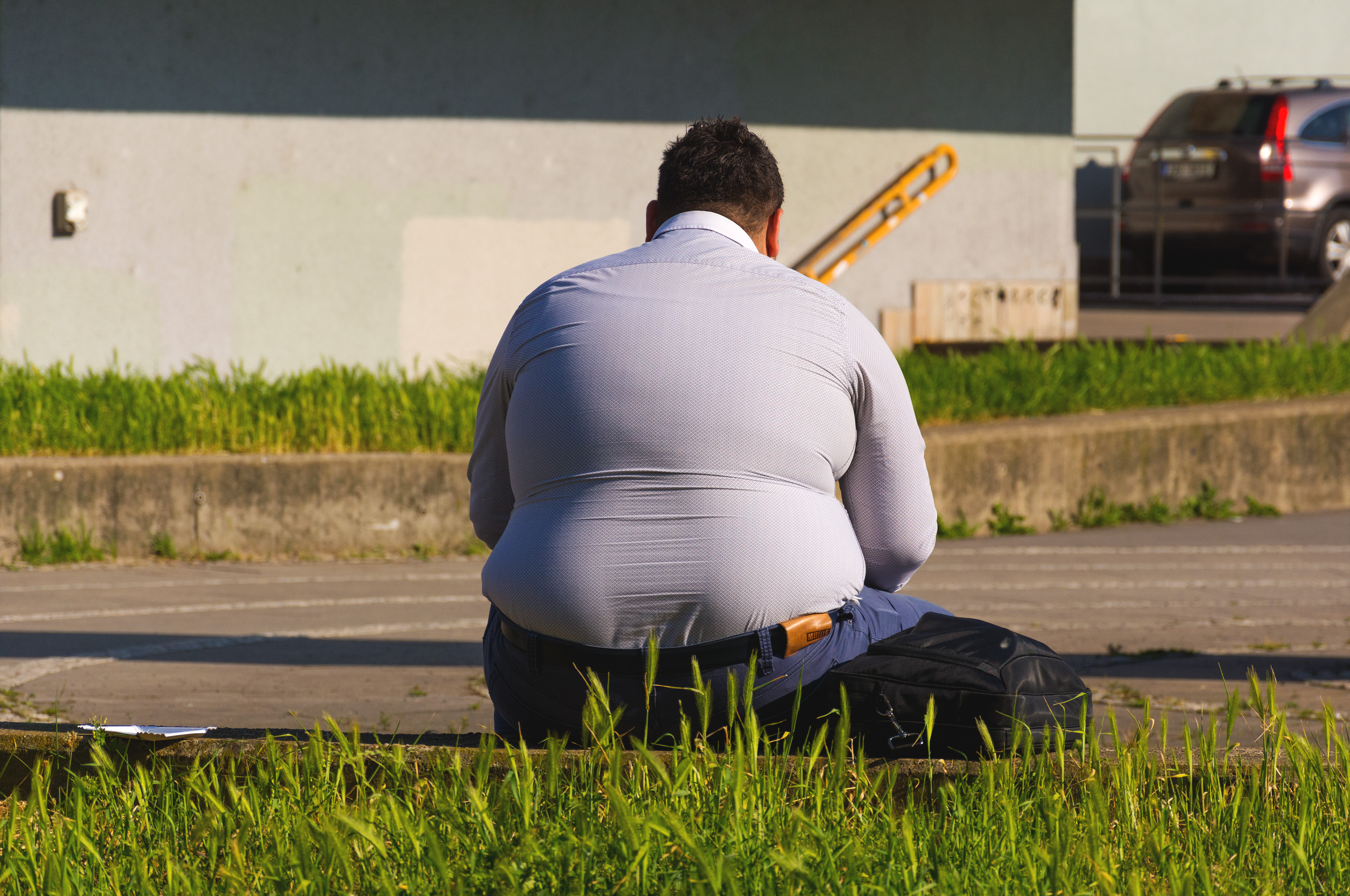
For the past few decades, undernutrition has always been an issue of heated debate linked to the severity of life-threatening diseases and even death. Inadequate supplies or intake of vital nutrients associated with household food insecurity were major contributing factors to the risk of being undernourished.
Extreme poverty, minimal awareness, and a lack of quality education were some of the undeniable facts correlated with undernutrition. But now the situation is not the same.
Most of the world’s population lives in countries where overweight and obesity kill more people than underweight (WHO), and the statistical data also justifies Nepal as one of them.
What do data reveal?
As per the report of the Nepal Steps Survey-2013, conducted among individuals aged 15–69 years, 10.4 per cent were found to be underweight, whereas nearly double the population, 17.7 per cent, were overweight, and 4.0 per cent were obese.
In comparison with similar research carried out by Steps in 2019, it confirmed that, with the rate of underweight, the condition of being overweight or obese is also gradually increasing, i.e., underweight is 10.2 per cent, overweight is 20.0 per cent, and obesity is 4.3 per cent, respectively. This rate can be further escalated if no preventive measures or necessary implications are adopted.
The obesity epidemic has become a prime agenda item worldwide due to the underlying risk of developing NCDs (non-communicable diseases), diabetes, cardiovascular disorders, metabolic syndrome, fatty liver disease, stroke, cancer, etc.
Along with the possibility of a physical disorder, an obese person goes through a wide range of mental and social traumas in their life. Mental instability, depression, stress, and chronic anxiety are often analogous to the complications of unhealthy weight gain.
Social union, academic excellence, and maintaining strong relationships with family and peer groups are other significant hurdles to being obese.
What happens when you eat too much and move too little?

Eating too much and moving too little is what makes you obese. Several studies indicate that more than 90 per cent of adolescents in Nepal prefer junk food due to its taste and accessibility. Consumption of calorie-dense food is notably high among school-aged children.
Propagandist advertising in the food market industry is taking control over the eating habits and food choices of individuals, specifically adolescents. Processed foods are manufactured to be tasty, cheap, easily accessible, convenient, and effortless, which in turn is luring thousands of consumers despite possessing well-known health hazards.
Then, fast foods like momos, pizzas, chowmein, burgers, samosas, junk foods such as chips, noodles, biscuits, and chocolates, sodas, as well as carbonated drinks, contain a bulk of calories; yielding a high amount of energy.
These foods are rich in carbohydrates, trans fat, and sodium with little or zero nutritional value. Intake of such a diet will have both a direct and indirect impact on longevity and the effective functioning of our body.
In addition to what has been said, the imbalanced dietary practice of skipping meals and the amount of meal consumption at a time is a considerable factor leading to corpulence in adolescents. The obesity rate is 25 per cent higher among individuals who skip breakfast than among those who consume it regularly.
What can be done?

There is no doubt about the fact that a larger or more frequent portion of a meal can multiply the chance of attaining excess body weight. The right portion at the right time is a must to maintain a normal Body Mass Index (BMI).
However, a governmental initiative of a mid-day meal plan has brought remarkable differences in cutting off all sorts of junk and processed food consumption in community schools nationwide. Locally grown organic sources are being prioritised with the motive of developing healthy eating habits in school-aged children. Similar practices in the private sector can be an effective solution against childhood and teen obesity.
Nutritional intervention, diet-based awareness programs, seminars, and conventions can bring impactful changes in the management of an optimal diet for good health.
Besides a calorie-controlled diet, obesity or overweight can be tracked down with behavioural modifications such as limiting portion size, engaging in physical activities (yoga, exercise), reducing screen time (mobile phones, laptops, TV), and managing sleeping patterns.























